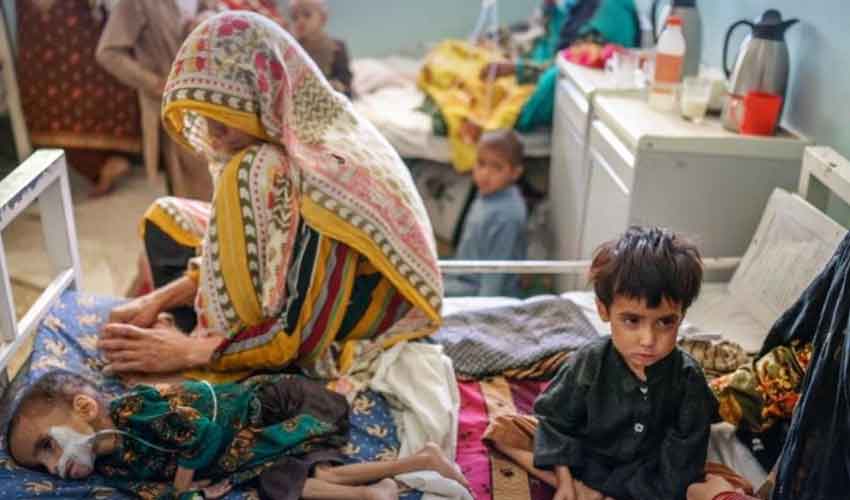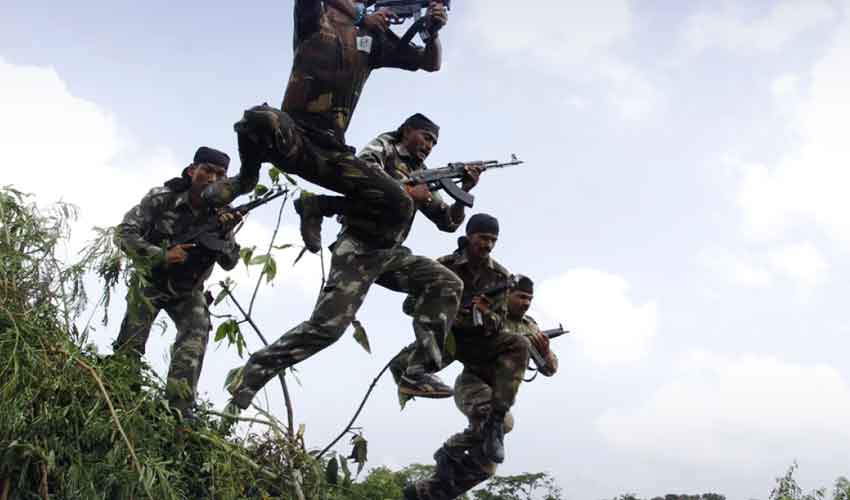Since the Taliban took over two years ago, Afghanistan has been facing a major humanitarian crisis.
Nearly 30 million people, which is two-thirds of the population, rely on foreign aid to survive. Job losses, money shortages, and rising prices make life difficult for millions. Children and women are hit the hardest.
Around 15.3 million people face severe food insecurity, and malnutrition has crossed the emergency levels in 25 out of the 34 provinces. This means more than half of children under five years of age and a quarter of pregnant and breastfeeding women are at high risk owing to malnutrition, leading to poor growth, weak immune systems, and increased disease risk.
Severe food shortages grip #Afghanistan as the #Taliban takeover exacerbates dire conditions, including 'job cuts, cash shortages, and soaring prices'.
— SAMAA TV (@SAMAATV) December 9, 2023
🍲 15.3M face acute food shortages.
🚨 Malnutrition emergency in 25 provinces.#SamaaTV #HumanitarianResponsePlan pic.twitter.com/pnIvO3YDg0
The aid organizations are struggling to meet the growing needs; they require $4.6 billion to help 23.7 million people under the 2023 Afghanistan Humanitarian Response Plan, but lack of development aid to these organizations and refusal of the community to officially recognise the Taliban government pose major challenges.
Many believe the Taliban's focus on fighting and terrorism has worsened the crisis. They argue that resources should be used to rebuild the economy, create jobs, and ease the suffering of the Afghan people.
Winter is approaching, and the situation is likely to get worse. Without quick action, the humanitarian crisis in Afghanistan could become a disaster.

























